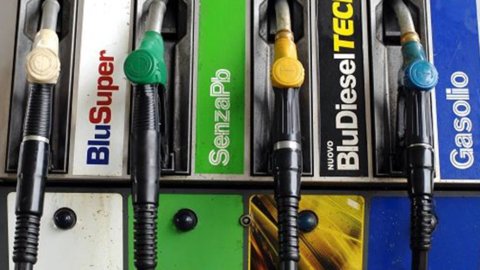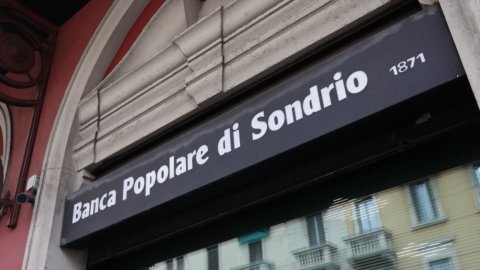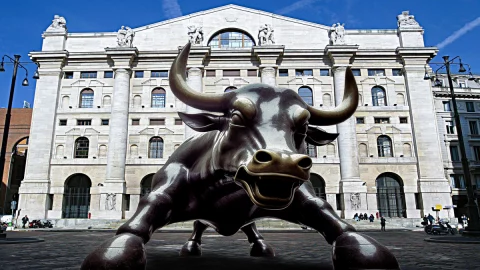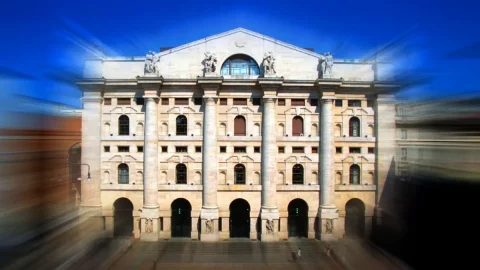The price of oil continues to plunge with record percentages, while the cost of petrol and diesel at the distributor registers a decline, but much less than that of the raw material of reference. The difference weighs, and not a little, on the wallets of citizens who, by virtue of what is happening on the market, would have expected much more significant savings. The bad news is that even if the declines continue in the coming weeks, the two percentages will never coincide. Indeed, to be even clearer, the drop in petrol and diesel prices will always be much more limited compared to that of oil.
THE PRICE OF OIL
January 6 2020: the price of Wti crude oil – the US one – exceeds 64 dollars a barrel. Less than four months have passed since that date and today a barrel of American oil costs 11,5 dollars (price updated at 14.00 pm on April 28), 82,1 percent less. Similar reduction, even if a little more contained, for the Brent oil – the European one – which on 6 January reached a maximum of 70,4 dollars a barrel and on 28 April (again at 14.00) is priced at 20,18 dollars a barrel. In this case, the drop since the beginning of the year is 71,4%.
THE REASONS FOR THE COLLAPSE
What has happened in recent months to cause such a striking collapse? The coronavirus emergency that started in China in January and spread throughout the world over the weeks has led to a drastic drop in consumption, in turn caused by lockdown established by the various Governments to try to contain the spread of Covid-19. We're locked up at home so we don't use the car, we can't travel by plane or use public transport to go to work. The globally enforced travel ban means that citizens need much less oil than normal. With the demand at its lowest for decades, the refineries that buy the raw material from the producers to transform it into fuel have begun to buy less and less and consequently stockpiles have piled up more and more.
To try to fill the gap, in mid-April the producing countries, not without controversy and difficulty, decided to cut crude oil production for 9,7 million barrels a daybut only from May. Up to now, therefore, despite the sharp drop in demand, producers have continued to produce the same amount of oil as ever, causing stocks to rise.
The most striking result of this situation was seen on April 20, 2020, when the price of WTI oil expiring in May recorded a historical collapse, plummeting 148,55% to -37,63 dollars a barrel to then return to positive territory on June contracts. At the basis of the heavy decrease also the overload of storages.
READ MORE: Termini: "Oil, the collapse in prices strengthens the energy transformation"
THE PRICE OF PETROL AND DIESEL
In the face of such dramatic drops in oil prices, many citizens expected equally significant reductions on the cost of fuel. But the percentages are quite different.
Compared to 6 January 2020, when petrol cost 1,59 euros per liter and diesel 1,489 euros per liter, prices have gone down, but not by much. Second data from the Ministry of Economic Development updated to April 27, the national average price of the petrol was equal to 1,391 euros per liter (-12,6% compared to January), while the average price of the diesel was 1,287 euros per liter (13,57% less).
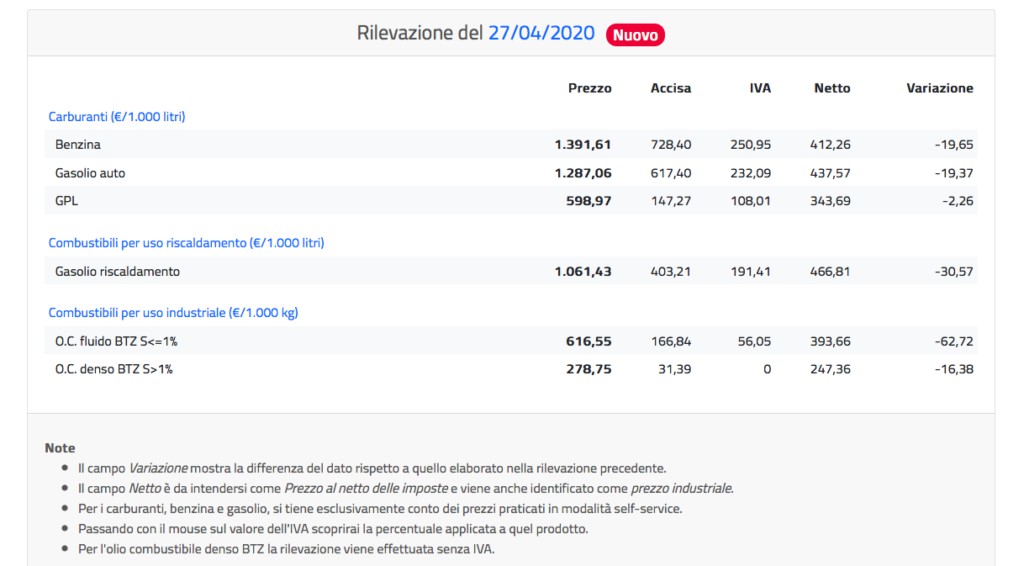
The reason for such an important difference between the discount percentages seen so far lies in the weight that excise duties and VAT cover on the price of fuel. To be clear: we are talking about 70,4% for petrol and 66% for diesel. When we go to the petrol station to fill up our cars we don't pay so much for the raw material as for taxes and excise duties which refer, for example, to the war in Ethiopia (1935-1936), the Suez crisis (1956), the tragedy of the Vajont (1963) and so on up to the Salva Italia decree of 2011 and the earthquake in Emilia Romagna in 2012.
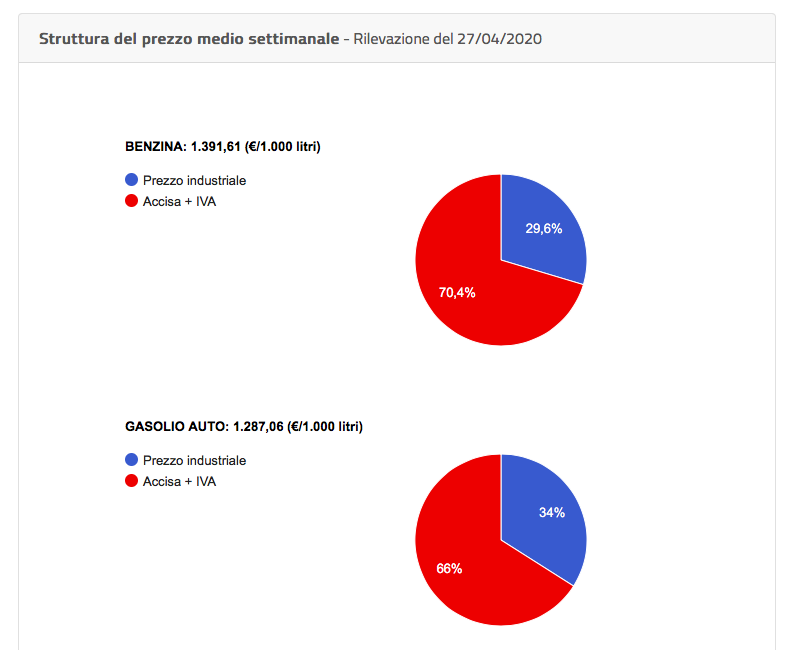
In the face of these numbers, it is easy to understand why the collapse in the price of oil has had slight repercussions on the cost of fuel. However, consumers can console themselves by looking to the past. Similar prices for petrol and diesel have not been seen since 2016. Just think that in May 2019, just one year ago, we paid 1,626 euros per liter for petrol and 1,519 euros per liter for diesel.

